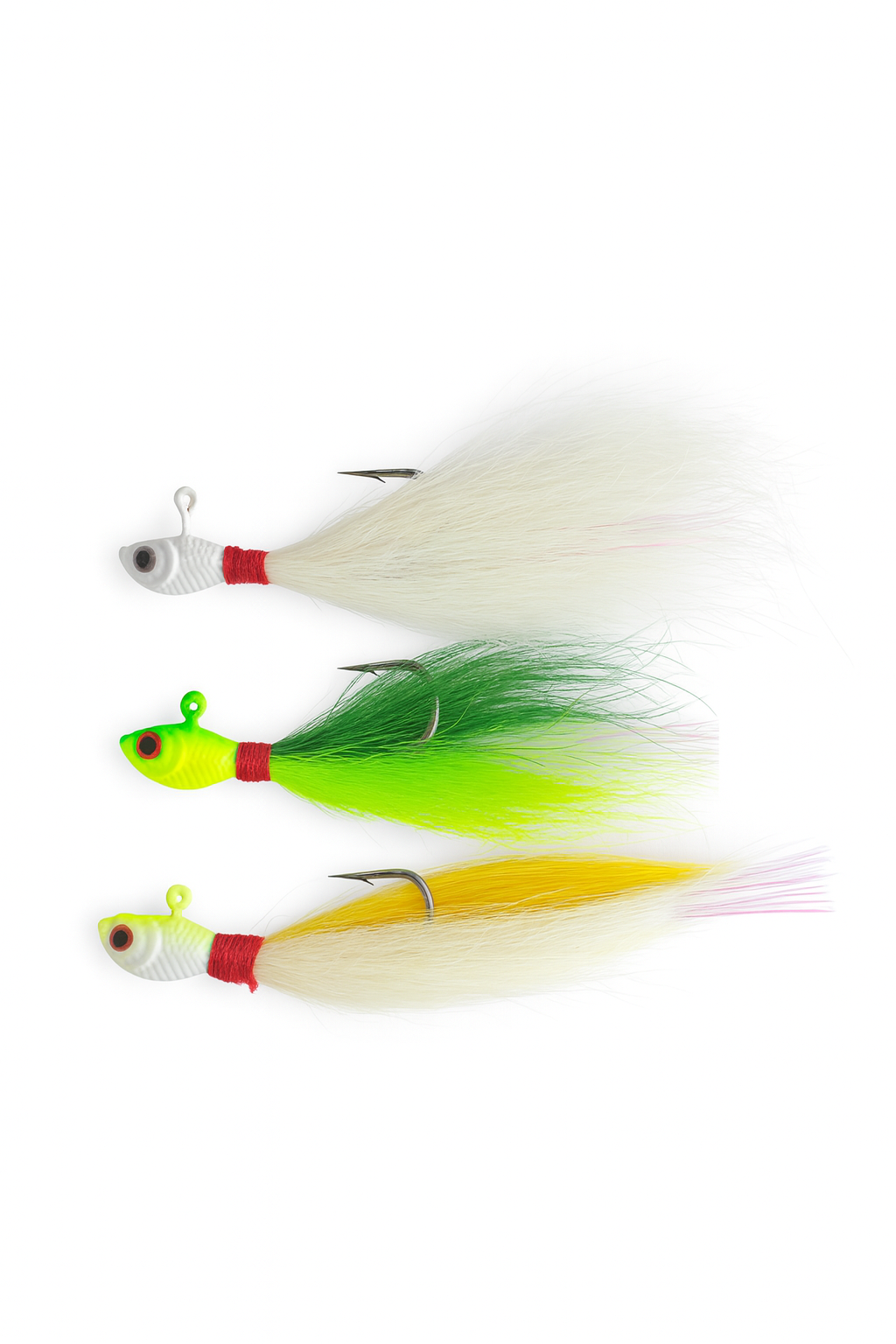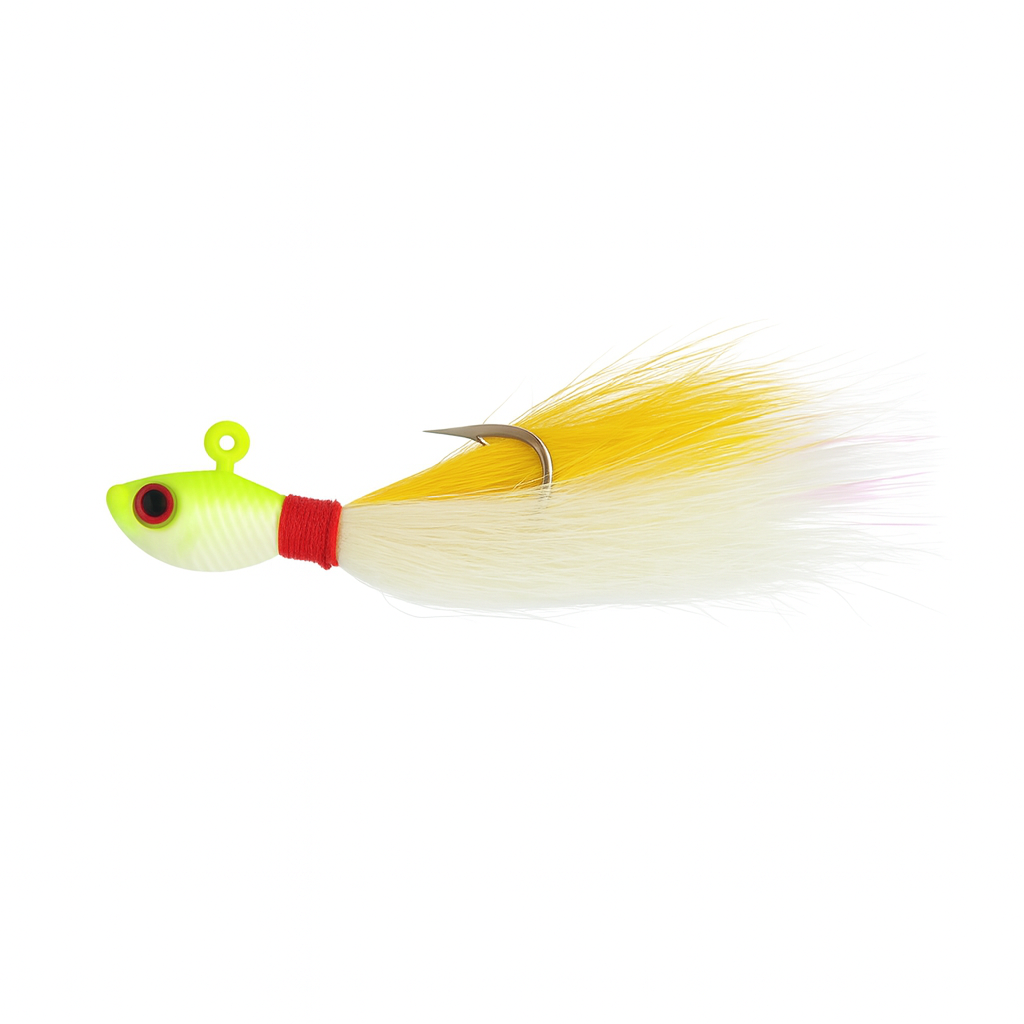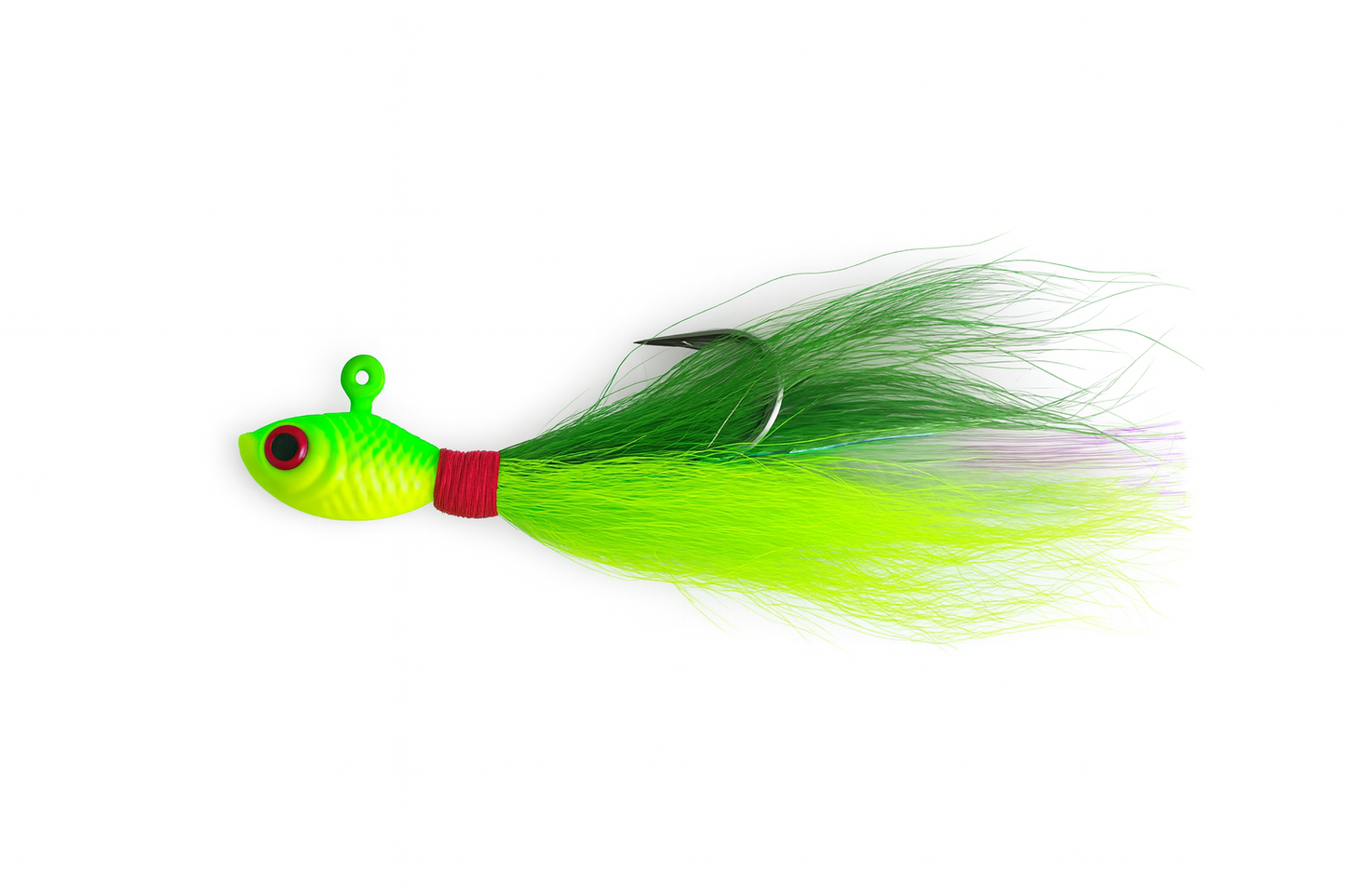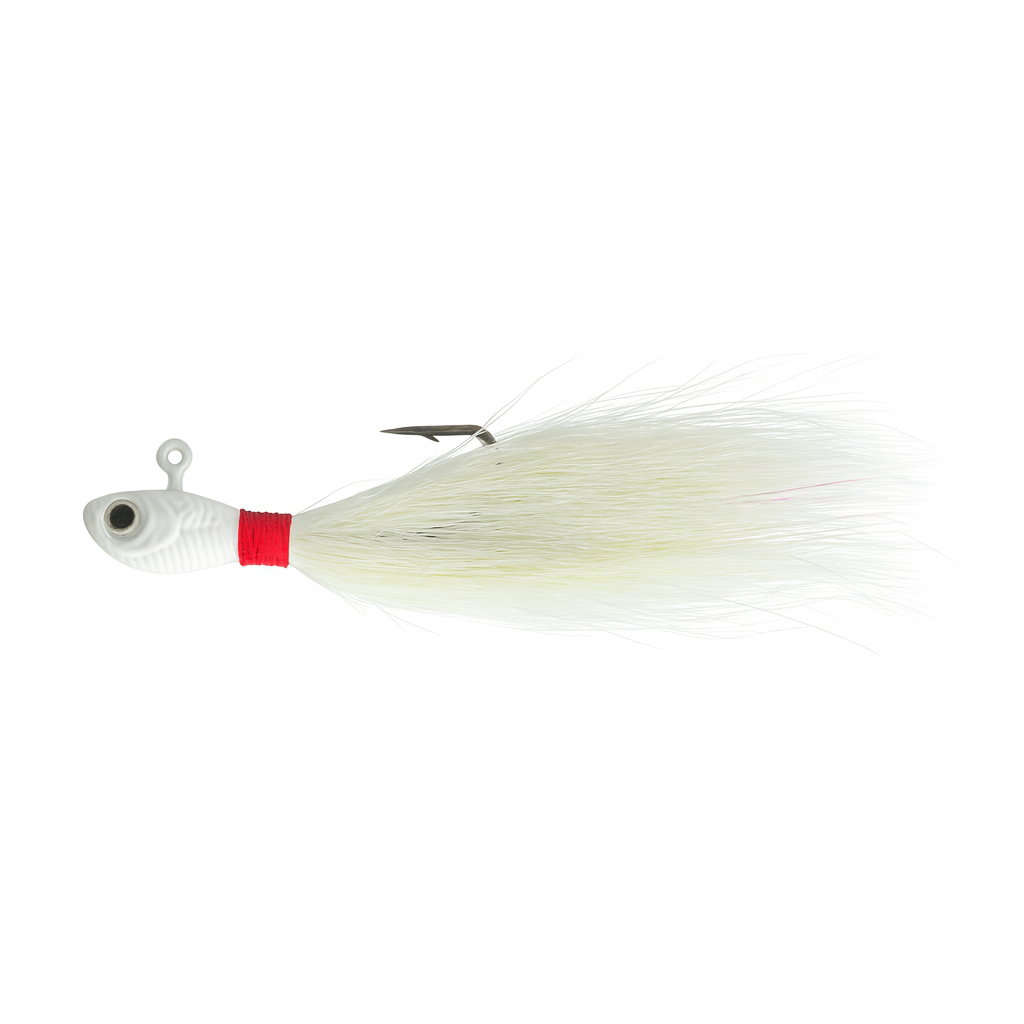How to Catch Redfish with Cut Bait in Southwest Florida
Share

When the water cools or the tide slows, nothing consistently catches redfish in Southwest Florida like a well-placed piece of cut bait. While artificial lures get plenty of attention, cut bait has a natural scent and texture that redfish can’t resist, especially when they’re feeding along the bottom around structure and grass edges. With the right setup and a little patience, this old-school method still produces some of the biggest redfish of the year.
Fall and winter are prime times to fish cut bait. As water temperatures dip, baitfish become sluggish, and redfish focus on easy meals that stay close to the bottom. Mullet, ladyfish, and pinfish are three of the best baits you can use. Fresh is always better — a freshly cut chunk gives off a strong scent trail that attracts fish from a distance. Mullet is the go-to choice for most anglers because it’s oily, tough, and holds up well to current and smaller fish.
The key to fishing cut bait is placement and patience. Look for areas with steady current but not too much flow — places where the scent can spread without sweeping your bait away. Points with moving tide, creek mouths, mangrove edges, oyster bars, and small depressions on the flats are all reliable spots. Redfish will often nose into the current, following the smell until they find the source.
When it comes to rigging, a simple fish-finder or Carolina-style setup works best. A sliding egg sinker above a swivel, a short 20–24 inch leader, and a sharp 3/0 circle hook create the perfect balance for both presentation and hook-up ratio. The 3/0 size is ideal for medium cut baits like mullet chunks or pinfish halves — small enough for slot-sized fish to inhale easily, but strong enough to handle oversized bulls. Circle hooks are critical when fishing natural bait because they hook the fish cleanly in the corner of the mouth, making for safer releases and more consistent hookups.
Cast your bait slightly upcurrent of your target area and let it settle naturally. Resist the temptation to move it too often — redfish find cut bait by scent, not sight. Once you feel steady pressure or a slow pull, reel down smoothly until the line tightens and let the circle hook do the work. A firm, slow lift is all you need; no hard hookset required.
If you’re fishing shallower water, use less weight or even go weightless when the tide is slack. This lets the bait rest naturally on the bottom where redfish feed. In deeper channels or when the current is strong, step up to a heavier sinker so your bait stays in the strike zone longer.
Some of the best cut-bait action happens during the warmest part of the day in winter when redfish move onto sun-heated flats or around darker mud bottoms. On cloudy or windy days, focus more on creek mouths and protected channels. Redfish often school up tightly after a front, and once you find them, you can catch multiple fish without moving.
Cut bait fishing isn’t about speed or flash — it’s about scent, patience, and confidence. With a few fresh baits, a handful of hooks, and a good tide, you can put together a steady day of catching. The combination of natural presentation and strong circle hooks makes this one of the simplest and most effective ways to target redfish year-round in Southwest Florida.





